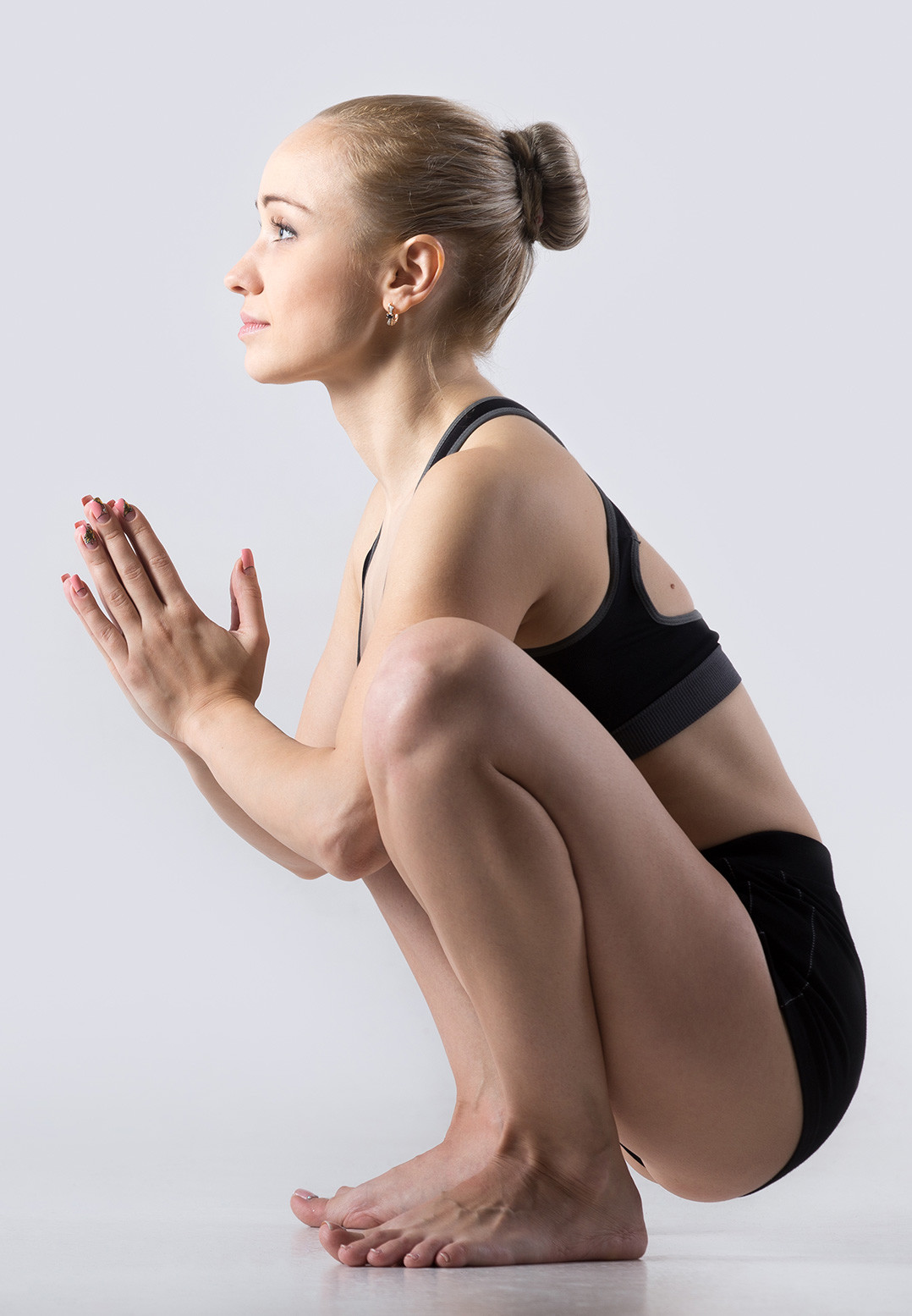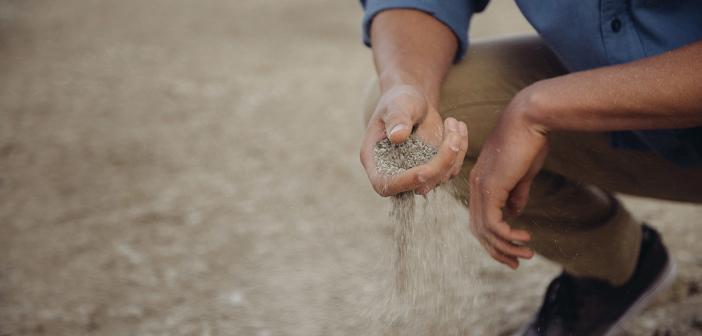Most would never consider ‘sitting’ a health risk. You read that right – sitting. It’s such a comfortable and common position that it’s difficult to imagine that there could be anything fundamentally wrong with it. In the West, we tend to do just about everything in a sitting position – eating, working, reading, and even using the toilet. So, let’s begin with a quick look at how the body responds to prolonged periods of sitting:
You walk into the office for another day at work. You drop into your ergonomic chair and begin your daily routine. Almost immediately, your blood pressure drops and your metabolism decreases slightly. Most of the muscles you use to stand, walk, jump and complete most of your daily actions begin to relax. Your glutes deactivate. As you sit back comfortably in your chair, your abs – which act as your main stabilizers for standing and balancing – soften to a dough-like consistency.
With most of your body weight now supported by your butt, your bones get a free pass. Centuries ago your bones would have been constantly challenged throughout the day. The repeated application of force through walking, running and standing worked to strengthen them by driving nutrients into the bone fibers. Today however, they sit lifeless and increasingly brittle.
Your hip flexors, sitting there at 90 degrees all day, begin to shorten. This forces the spine to adopt an unnatural curvature. While healthy in short spurts, over along stretches of time the muscles in the lower back engage to help support the peculiar posture. The lower spine is now compressing in a manner it was not designed to withstand.
Unfortunately, this is just the beginning. There are numerous other subtle changes that occur when we sit for long periods of time. But, what’s the big deal? We always hear about how adaptable the body is, right? Shouldn’t the body’s anatomy adjust itself and return it to homeostasis – albeit one that is slightly different to the one nature intended? A growing body of research is showing that this is not the case.
Dr. James Levine, Director of the Mayo Clinic – ASU Obesity Solutions Initiative, is famed for his recent claim that “sitting is worse than smoking”. It turns out he’s not alone in his thinking. Many researchers are now finding links between prolonged sitting and a variety of serious conditions, including type-2 diabetes, heart disease and even various forms of cancer. Yuck!
It seems it’s time to take a hard look at this seemingly natural posture and consider a more restorative alternative. The sitting squat is one such posture that’s caught the attention of those seeking to prevent or reverse sitting-related ailments. It’s nothing new – in fact many cultures have employed the sitting squat for centuries. Although the West may be a little late on the uptake, it’s better late than never. Without further adieu, let’s take a closer look at the sitting squat.
A brief history of the sitting squat

Up until the 16th century, sitting in a deep squat was the way to rest.
Before the common use of the chair began in 16th Century England, the sitting squat was the go-to position in which to rest. Chairs were primarily used by dignitaries, and quickly became a symbol of wealth and status. While stools and benches (and almost anything raised off the ground) were used in many societies before this time, they generally were not used for long periods.
The sitting squat encountered another interesting twist of fate in the 19th Century. Before this time, royalty (and those with special needs) had been the prime users of chair-like toilets. With the emergence of modern plumbing however, sitting toilets became accessible to the general population. Sadly, this was the beginning of the end for the sitting squat. The sitting toilet quickly spread throughout the Western world and became the standard. If only they knew the damage that would be done to future generations.
Interestingly, the sitting squat remains a fundamental instinct in the anatomy of infants. It’s common to see children adopt the pose as a way of resting, regaining balance and falling. While the age-old posture is clearly still in our chemistry, our cultural norms have caused the sitting squat to virtually disappear from Western culture.
Squatting benefits
Making the sitting squat a regular practice is the best way to prevent or even reverse the damage described above. Anatomically, the position stretches the lower back, decompresses the spine and releases the hips. The body’s weight becomes more evenly distributed in this position, preventing the accumulation of stress in just a few ‘hot-spots’. Joints and muscles no longer undergo gradual tightening, allowing the body to remain balanced. The ultimate result? Increased mobility. Consider this an investment in your future.
The posture also provides numerous benefits if used while (in whispering voice) pooping. The squat essentially removes a kink in the colon that’s present when using a conventional toilet. This allows the colon to be more completely evacuated, and with far less strain. Hemorrhoids, diverticulitis and even colon cancer are just a few of the ailments you can look forward to avoiding if you adopt a squatting toilet setup. These days there are several affordable options available to convert your conventional toilet into a squatting sanctuary, the Squatty potty is one of them.

Sitting in a flat-footed deep squat stretches the lower back, decompresses the spine, releases the hips, and more.
Depending on your spiritual persuasion you may also experience a number of other benefits. In Chinese medicine, tension in muscles and tendons is believed to impede the flow of ‘chi’ or ‘life force’ throughout the body. By removing this tension, one can free the flow of chi and help the body return to a state of optimal health.
It’s also believed that squatting can help us to remain more ‘grounded’ and connected to the earth. Those familiar with the body’s chakra system will know that the body’s first energy center is located at the base of the spine near the perineum. Known for its ability to connect us to the earth’s energy field, it’s believed that squatting can enhance this energy transfer. The end result? An abundance of energy to be utilized by the body for healing and restoration.
Squatting technique
In this day and age it’s not uncommon for people to have difficulty entering a full squat. If you’re in this category, find comfort in knowing that you will soon be releasing all that stored tension and will be doing something incredible for your general health. Below are a few steps that will help you to enter the squat position and get the most out of your squatting time. There’s also a great video from Daniel Vitalis here.
- Step 1: The first step begins in your wardrobe! This may sound silly, but you’ll soon relate. Ensure you have a pair of comfortable, loose-fitting pants or shorts. In the squatting world there are few things more frustrating than feeling restricted! This is particularly important if you plan on squatting for extended periods of time.
- Step 2: Begin with your feet slightly wider than hip-distance and rotated slightly outward. Initially, you’re likely to be more comfortable squatting with a wider stance. Over time you may find that you can narrow your stance so that your feet almost meet. This will take time, so be patient!
- Step 3: Ensure you have someone/something in front of you that can assist you as you drop into the squat. Make certain it’s sturdy and can also be used to help pull you out of the squat if needed. If you feel confident that you won’t need assistance, feel free to power onward.
- Step 4: Slowly lower yourself into the squatting position. The idea is to keep your feet flat on the floor as you reach full squat. If your Achilles tendons or calves are tight, you may find it difficult to keep your feet flat. If you’re in this boat, you’ll find it helpful to place something under your heels for support. A rolled up towel is usually a great option, as it allows you to easily adjust the thickness as necessary.
- Step 5: Make this part of your daily routine! A couple of minutes per day will go a long way towards decompressing the spine and opening the hips. Some may even feel inspired to squat while working. Get creative with your setup and encourage those around you to join in! It’s also a great opportunity to center yourself, reflect and get in touch with your body.
There’s nothing more satisfying than setting aside intentional time for your health, wellbeing and personal growth.
